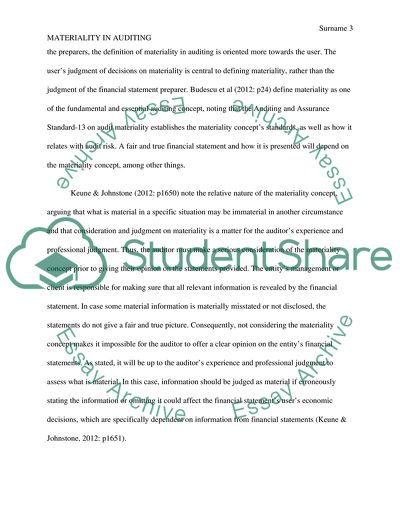Cite this document
(Materiality in Auditing Literature review Example | Topics and Well Written Essays - 2250 words - 12, n.d.)
Materiality in Auditing Literature review Example | Topics and Well Written Essays - 2250 words - 12. Retrieved from https://studentshare.org/finance-accounting/1672389-materiality-in-auditing
Materiality in Auditing Literature review Example | Topics and Well Written Essays - 2250 words - 12. Retrieved from https://studentshare.org/finance-accounting/1672389-materiality-in-auditing
(Materiality in Auditing Literature Review Example | Topics and Well Written Essays - 2250 Words - 12)
Materiality in Auditing Literature Review Example | Topics and Well Written Essays - 2250 Words - 12. https://studentshare.org/finance-accounting/1672389-materiality-in-auditing.
Materiality in Auditing Literature Review Example | Topics and Well Written Essays - 2250 Words - 12. https://studentshare.org/finance-accounting/1672389-materiality-in-auditing.
“Materiality in Auditing Literature Review Example | Topics and Well Written Essays - 2250 Words - 12”, n.d. https://studentshare.org/finance-accounting/1672389-materiality-in-auditing.


